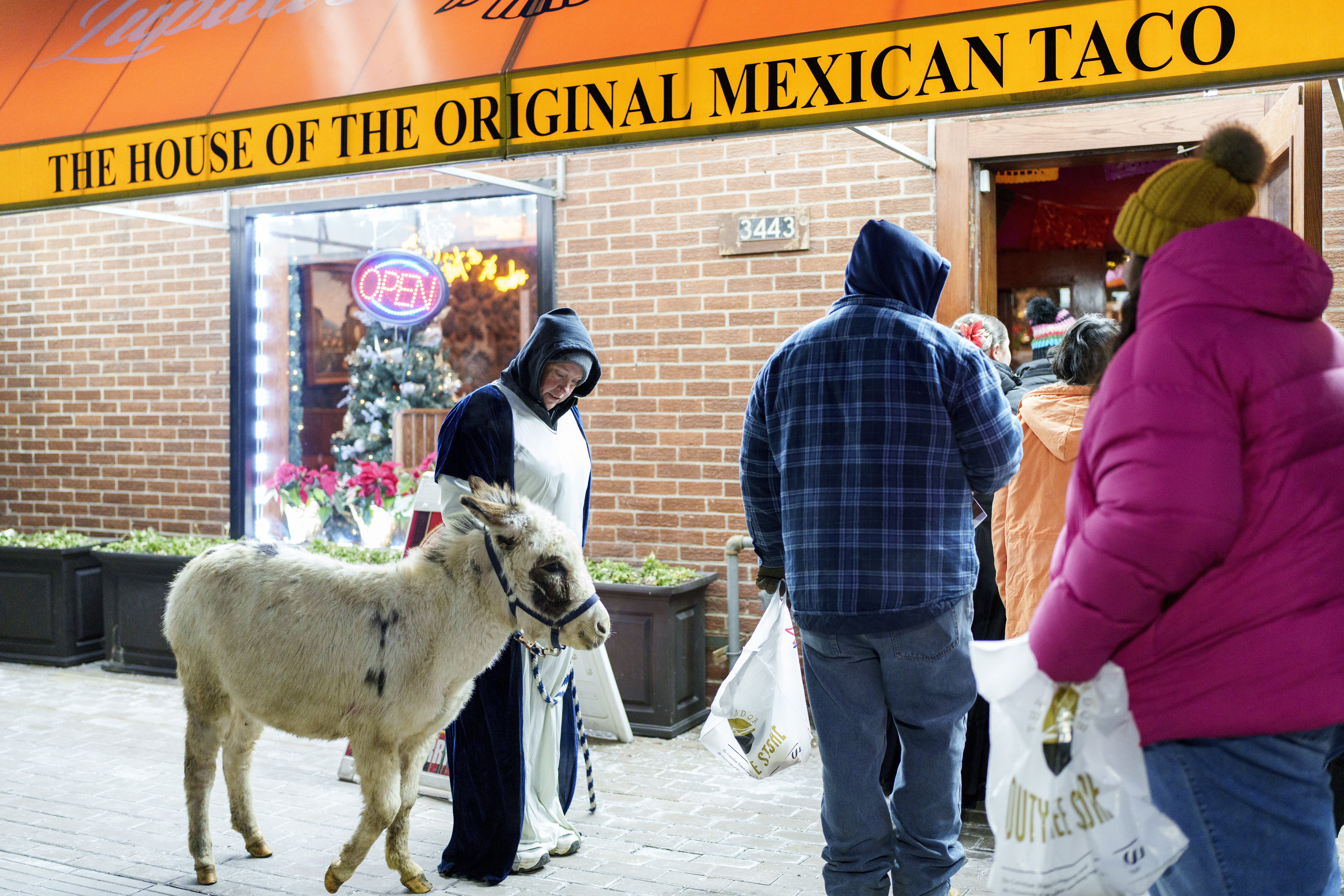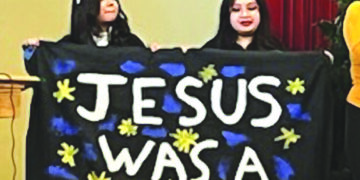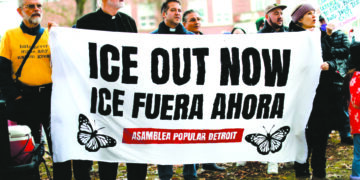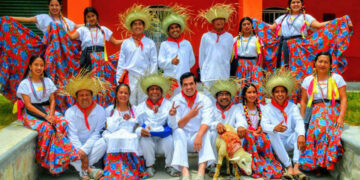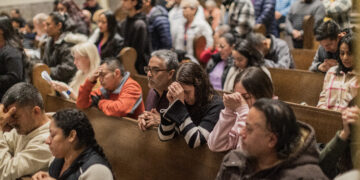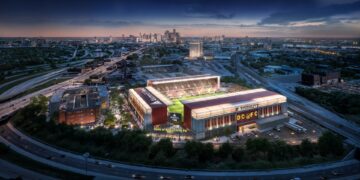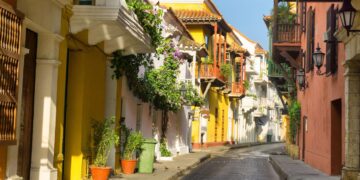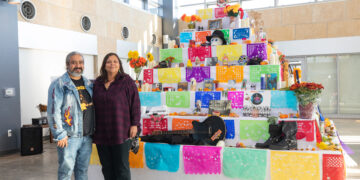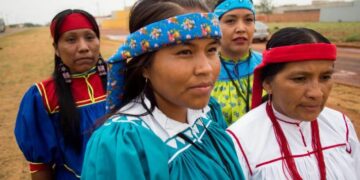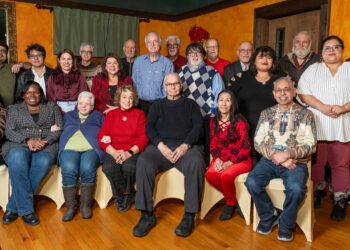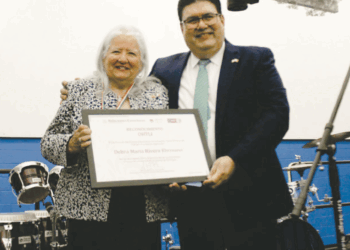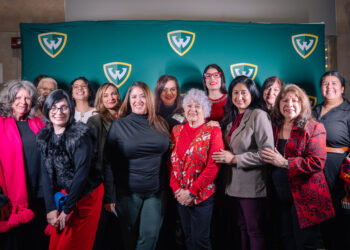Millions of people have a connection to The Station and Michigan Central district. Faces of Michigan Central shares the stories of a handful of them, including these three from Southwest Detroit.

I am Bianca Cuevas. I live in Hubbard Farms, also known as Southwest Detroit. My mom, being a single parent, my grandparents took care of me most, and they would drive me around and listen to the old Mexican country music really loud. Whenever we would drive by the train station, my grandfather would tell me about the hustle and bustle of the trains. He would describe the steam coming over the ramps and how beautiful it was. I could picture him walking in and seeing this as an immigrant being just flabbergasted by the beauty, the marble tiles. The little details that he described was just amazing. So as a child, I’m trying to picture this as I’m looking at an abandoned building. I couldn’t picture it because it looked spray-painted and the windows were broken. A group of us went in one time through a gate. It’s really dark inside. There’s rocks, lots of graffiti, but it still looks so beautiful. Like even though it was dirty with the graffiti, I saw the graffiti as artwork. And I was like, “This is just our time. This is how we get to enjoy the train station.” I’m excited for my kids to be able to experience what the train station is and the memories that it will create for them. I just hope that with the train station, there’ll be opportunities for children to perform, for children to show off their culture, show off our roots. It’s still a fight trying to keep our traditions and things that we’re used to in our neighborhood.
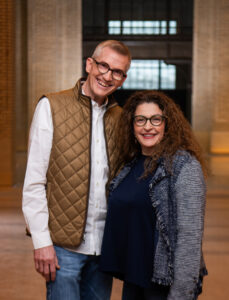
I go by Tammy, but my name is Tomacita Alfaro-Koehler. My name is Kenneth Koehler, which I go by Ken. Been married to Tammy now for almost 30 years, owner of Honeybee Market. Honeybee Market is a third generation neighborhood grocery store. The original owners, my grandparents, were from Mexico. They were immigrants, and my husband and I became a team almost 30 years ago. When we bought the store, it was just a small little neighborhood. And to have that vision, we had to keep buying little pieces in order to build this brand new building. Someone said, “Your building where?” In the city of Detroit? Yes, this is our home. We had this vision that we wanted to bring something that we were proud of here, even though everyone thought that we were crazy. When I looked at the train station, I knew that it could do that too.
Michigan Central Station coming here and it being right at the tip of Mexican town, we’re neighbors, as we call primos. We can work together. We love our cousins. We can teach and welcome the new people that are coming to be a part of our heritage, part of our history. We can continue to grow and change. And the two of us can all mix and be a big happy family. Everyone’s excited about Michigan Central opening. New people coming to this area, they’re gonna be able to come to Mexican town and learn about our history and connect to that.
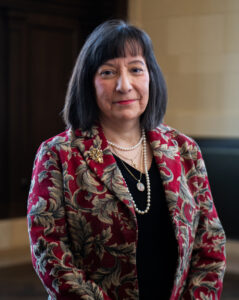
I am Elena Dolores Solano, a community activist and an educator in Southwest Detroit. As a Mexican-American, as a woman, and as somebody who grew up right by that train station and who knew its history, who had walked many, many times by it, through it, and who loved it to its core. I’m so happy to see it honored by Ford Motor Company. I’m seeing the train station and just how much it holds for the community and how much it holds for the people in this neighborhood. Seeing it go really from death to life, from something that was abandoned that people had given up on. You know, for me, that’s how I felt as a Detroiter that we were given up on as a city. And then to have hope, to have rebirth, it’s really amazing. And to me, that’s part of being a Detroiter, that hope is for everybody. Hope crosses all lines. Faith crosses all lines. It crosses all generations. It crosses all colors. It crosses barriers. And I think that’s the beauty of the train station, crossing those barriers and breaking down those walls. One of the things that’s really important is to remember what Michigan Central Station is in terms of the context of the community, in terms of the context of Southwest Detroit and Hubbard-Richard and the Barrio and the communities around it. They will all be woven together. They will all continue to work together and to bloom and to grow and to blossom and to just really, really take this entire cityscape to another level, which is well, well deserved for Detroiters.

